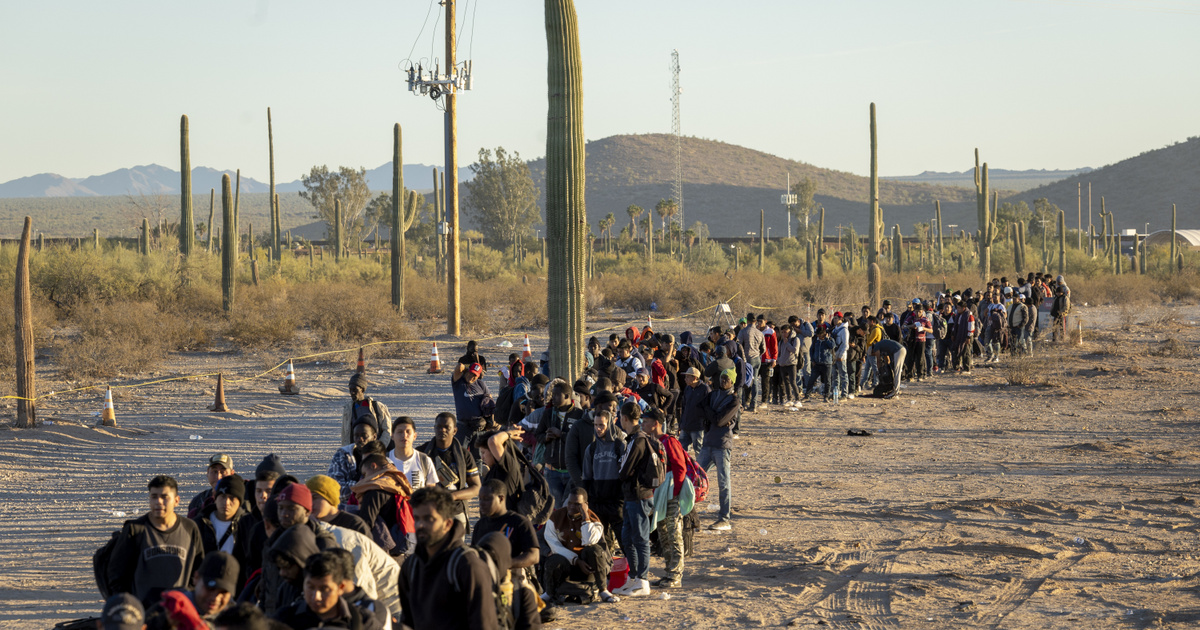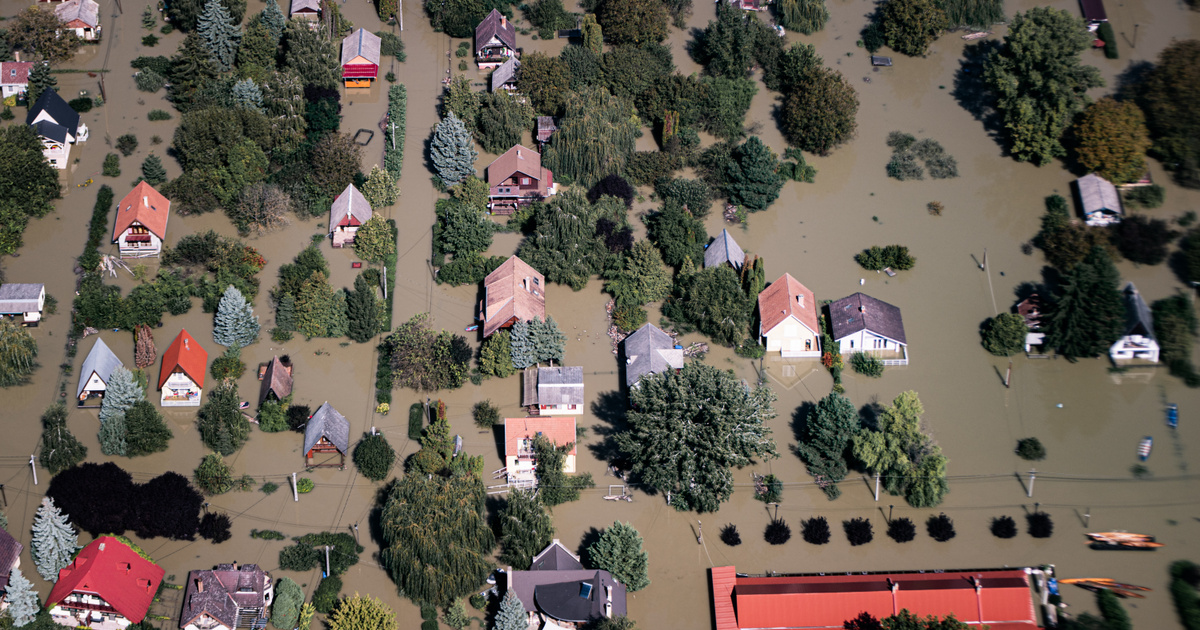According to the current Statistical Yearbook of the United Nations Food and Agriculture Organization (FAO), this is what agriculture looks like in the world.
– The global average of energy from food is 2960 kcal / person / day. This is 9 percent more than in 2020. In Europe and North America, the maximum value is 3,540 kcal/person/day.
Currently, around 866 million people work in agriculture around the world. This corresponds to more than a quarter of the total global workforce. These people create an added value of around 3,600 billion euros.
Compared to 2000, these numbers represent a 78 percent increase in economic value created by 16 percent fewer people.
Since the turn of the millennium, Africa’s growth rate has been twice that of the rest of the world.
Production of staples such as sugarcane, maize, wheat and rice has increased by 52 percent to 9.3 billion tons since 2000.
– Vegetable oil production increased by 125% during this period, and palm oil by 236%.
– Meat production, led by chicken, increased by 45 percent, while the growth rate of fruit and vegetable production reached 20 percent at most.
Globally, the largest annual crop was sugarcane at 1.9 billion tons, followed by maize at 1.2 billion tons.
Recently, global exports of agro-food products amounted to 1,420 billion euros, an increase of 3.7 times compared to 2000.
The United States is the largest total exporter of agricultural and food products, ahead of the Netherlands and China.
However, the most important net exporter of agricultural products is Brazil, followed by Argentina and Spain.
The largest net importers in agricultural trade are China, Japan and the United Kingdom.
Currently, approximately 4.74 billion hectares of land are used for agricultural purposes. This is 3 percent lower than it was in 2000.
Pesticide use peaked in 2012 and began to decline in 2017. Saint Lucia, Maldives and Oman show the highest rates of pesticide use per hectare.












































